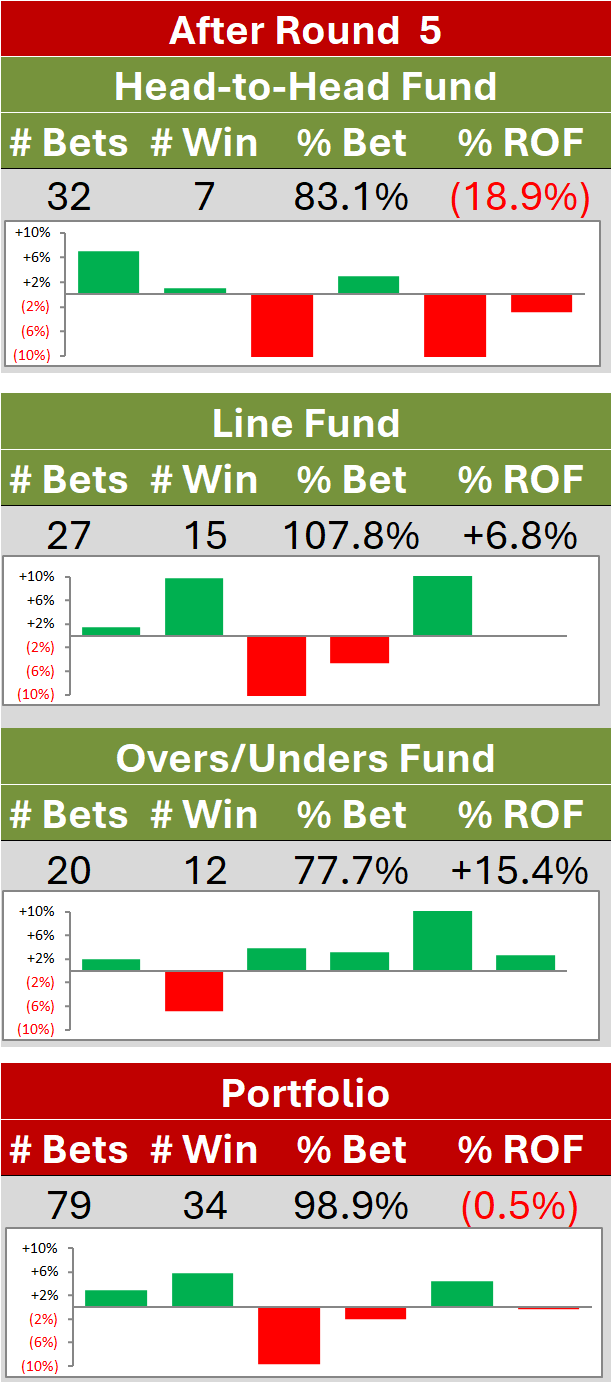TEAM RATINGS
This page includes charts relating to any of the MoS Team Rating Systems, which currently include:
(If history is any guide, there will be more ...)
WINNING RATES BY ERA
Topic: For this analysis we'll ask a simple question: how do teams' winning rates vary with their MoSHBODS Offensive and Defensive Ratings, and how has the relationship varied from era to era?
To investigate this we'll take the pre-game Offensive and Defensive ratings of every team in every game and form a "neighbourhood" based on the 50 points nearest it (the 50 nearest-neighbours in machine learning terminology).
For that neighbourhood we calculate the weighted mean of those 50 teams' offensive and defensive ratings, and a weighted mean of their winning rate. The weights we use are the inverse of the distances from the original point that defined the neighbourhood, these distances measured in terms of offensive and defensive ratings. We plot each point at the weighted mean ratings, and colour it based on the weighted mean winning rate.
Points of Interest:
Completely as we would expect, across all eras, higher rated teams tend to win more often.
With the generally higher scores in more recent eras, however, the absolute ratings needed for very high expected winning rates have increased. Noting that MoSHBODS Ratings are measured in terms of points relative to an average team, this is, perhaps, also to be expected.
What we also see in the modern era is a stronger relationship between teams' Offensive and Defensive Ratings in that, relatively speaking, a team that is strong defensively will tend to also be strong Offensively, and vice versa for teams that are weak defensively. This is revealed by the more cigar-shaped nature of the ratings cloud for this era.
A more subtle feature of the clouds, however, is that they reveal an asymmetry with regard to defensive and offensive ability in that teams that are strong defensively and only average or mildly weak offensively tend to win at higher rates than teams that are strong offensively and only average or mildly weak defensively. To see this, consider for example the 2000-2017 era and observe the results for all teams with a defensive rating of 10 or more and a negative offensive rating, and compare this with the results for all teams with an offensive rating of 10 or more and a negative defensive rating. There's more orange in the latter and more red in the former.

